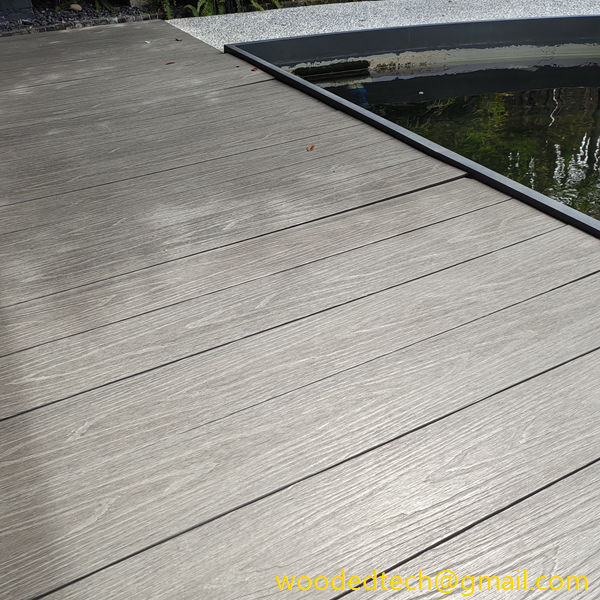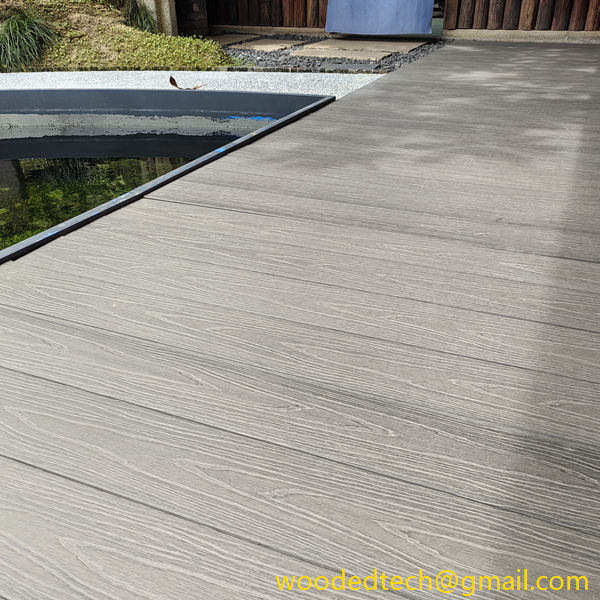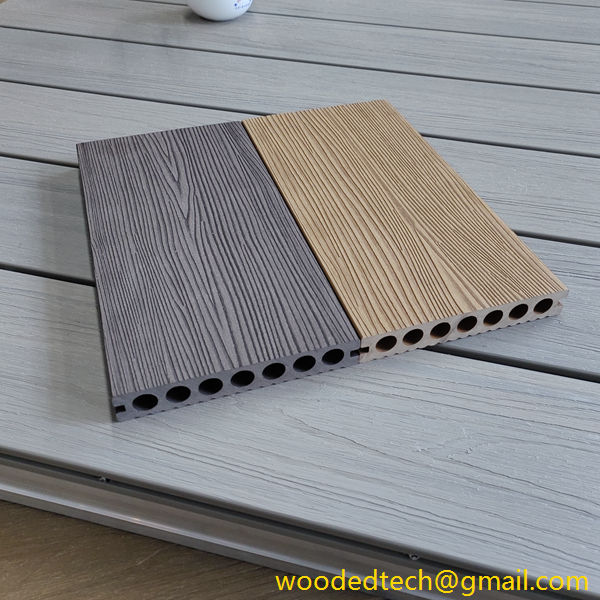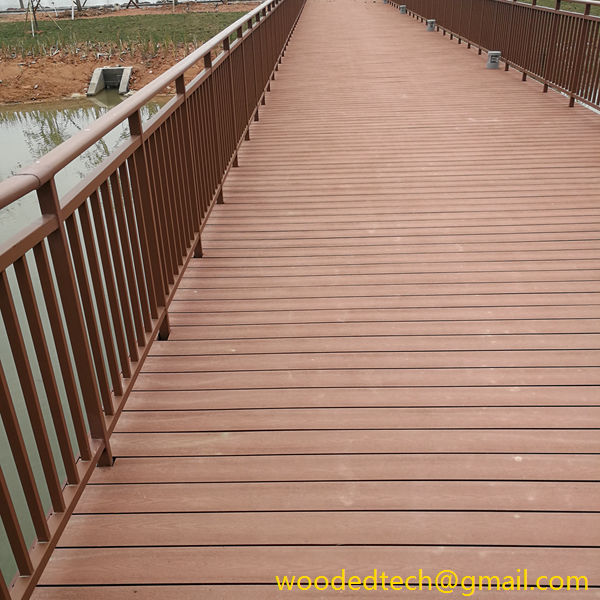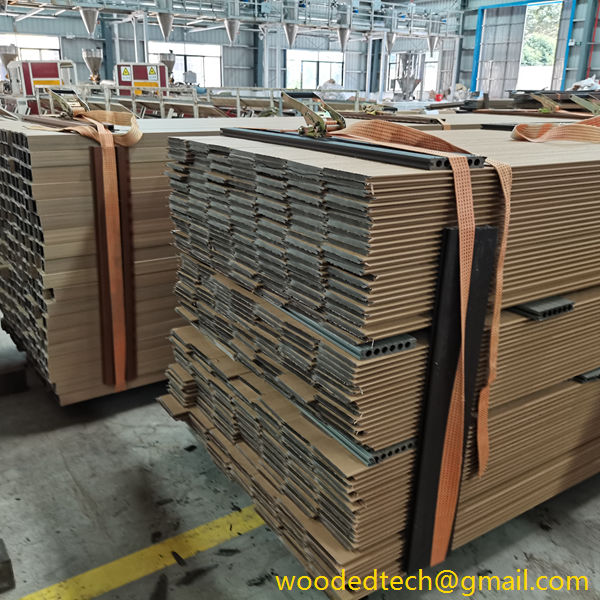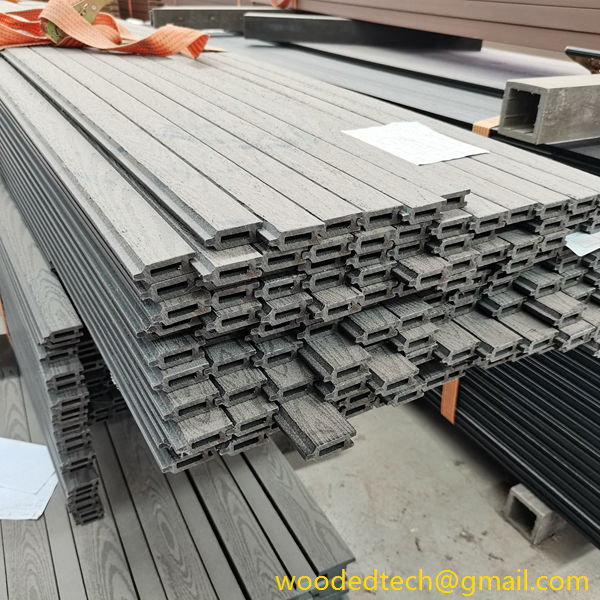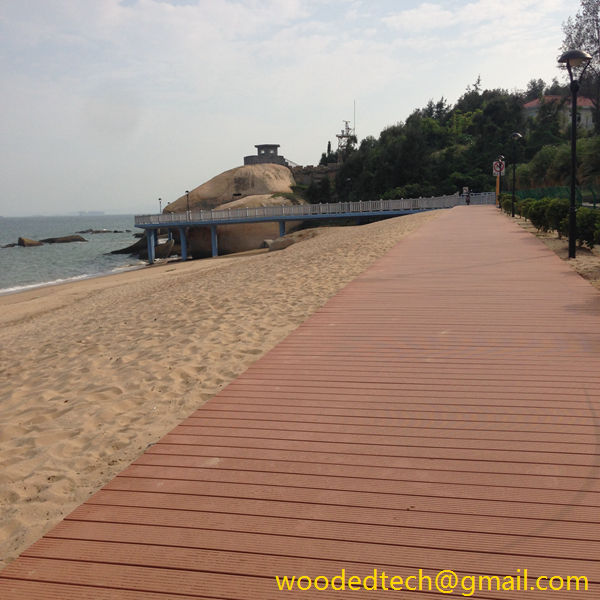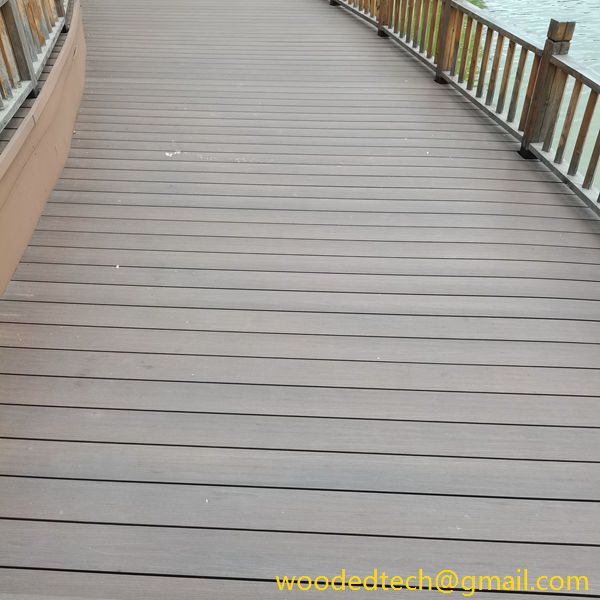Is WPC Board Waterproof? Exploring Its Features
Is WPC Board Waterproof? Exploring Its Features In recent years, Wood Plastic Composite (WPC) boards have gained significant popularity in various applications, ranging from construction to furniture design. This surge in demand can be attributed to several factors, including their aesthetic appeal, durability, and versatility. One of the key questions that arise when considering WPC…
Is WPC Board Waterproof? Exploring Its Features
In recent years, Wood Plastic Composite (WPC) boards have gained significant popularity in various applications, ranging from construction to furniture design. This surge in demand can be attributed to several factors, including their aesthetic appeal, durability, and versatility. One of the key questions that arise when considering WPC boards is their waterproof properties. Understanding whether WPC boards are waterproof, along with their various features, is essential for both consumers and manufacturers in the booming market.
WPC boards are composed of a blend of wood fibers and plastic materials, creating a composite that combines the best attributes of both. The wood fibers provide a natural look and feel, while the plastic components enhance the durability and resistance to environmental factors. This unique combination makes WPC boards suitable for a variety of applications, including decking, cladding, and even interior furnishings.
When it comes to the question of waterproofing, it is important to clarify that WPC boards are not entirely waterproof. However, they are highly water-resistant, making them an excellent choice for applications exposed to moisture and humidity. This water resistance is a crucial feature that distinguishes WPC boards from traditional wood, which is prone to warping, swelling, and decaying when exposed to water over time.
The water-resistant nature of WPC boards can be attributed to the plastic component in their composition. Unlike natural wood, which absorbs moisture, the plastic in WPC acts as a barrier, preventing water from penetrating the material. This characteristic also means that WPC boards do not require the same level of maintenance as traditional wood. Homeowners and builders can enjoy the aesthetic benefits of wood without the constant worry of water damage.
In terms of functionality, WPC boards offer several features that make them an attractive option for various applications. One of the significant advantages is their low maintenance requirement. WPC boards do not need to be sanded, stained, or painted like traditional wood. A simple wash with soap and water is often sufficient to keep them looking new. This ease of maintenance is particularly appealing for outdoor applications, such as decking, where exposure to the elements can lead to wear and tear on traditional materials.
Another feature that enhances the appeal of WPC boards is their resistance to pests. Traditional wood is susceptible to termites and other wood-boring insects, which can cause significant damage over time. In contrast, WPC boards do not provide a food source for these pests, significantly reducing the risk of infestations. This pest resistance contributes to the longevity of WPC products, making them a cost-effective option in the long run.
The versatility of WPC boards is another reason for their growing popularity. They can be manufactured in various colors, textures, and finishes, allowing designers and builders to achieve the desired aesthetic for any project. Whether used in residential or commercial settings, WPC boards can complement a wide range of architectural styles. Additionally, their adaptability means they can be used in both interior and exterior applications, making them a truly multifunctional material.
One of the most significant considerations for consumers and builders is the environmental impact of materials used in construction and design. WPC boards are often marketed as eco-friendly options because they are made from recycled materials. The wood fibers used in WPC production are typically sourced from reclaimed wood products, while the plastic components may include recycled plastics. This sustainable approach not only reduces waste but also minimizes the demand for virgin materials, making WPC an attractive choice for environmentally conscious consumers.
Despite all these advantages, it is essential to recognize that WPC boards do have some limitations. While they are water-resistant, prolonged exposure to standing water can still lead to damage. For this reason, it is crucial to ensure proper drainage in outdoor applications to prevent water accumulation. Additionally, while WPC boards are generally resistant to fading, exposure to direct sunlight can cause some color changes over time. Choosing high-quality products and implementing appropriate care can mitigate these issues.
As the market for WPC boards continues to grow, consumers and manufacturers alike must stay informed about the latest advancements in technology and design. Ongoing research and development are focused on enhancing the properties of WPC materials, including improving their water resistance and overall durability. Innovations in manufacturing processes are also aimed at reducing the environmental impact of WPC production, ensuring that these materials remain a sustainable choice for the future.
In conclusion, while WPC boards are not entirely waterproof, they are highly water-resistant and offer a range of features that make them an excellent choice for various applications. Their low maintenance requirements, pest resistance, and versatility make them appealing for both residential and commercial projects. As the demand for sustainable building materials rises, WPC boards stand out as an eco-friendly option that combines aesthetics with functionality. For homeowners, builders, and designers looking for durable and attractive materials, WPC boards represent a promising solution in the booming market.

